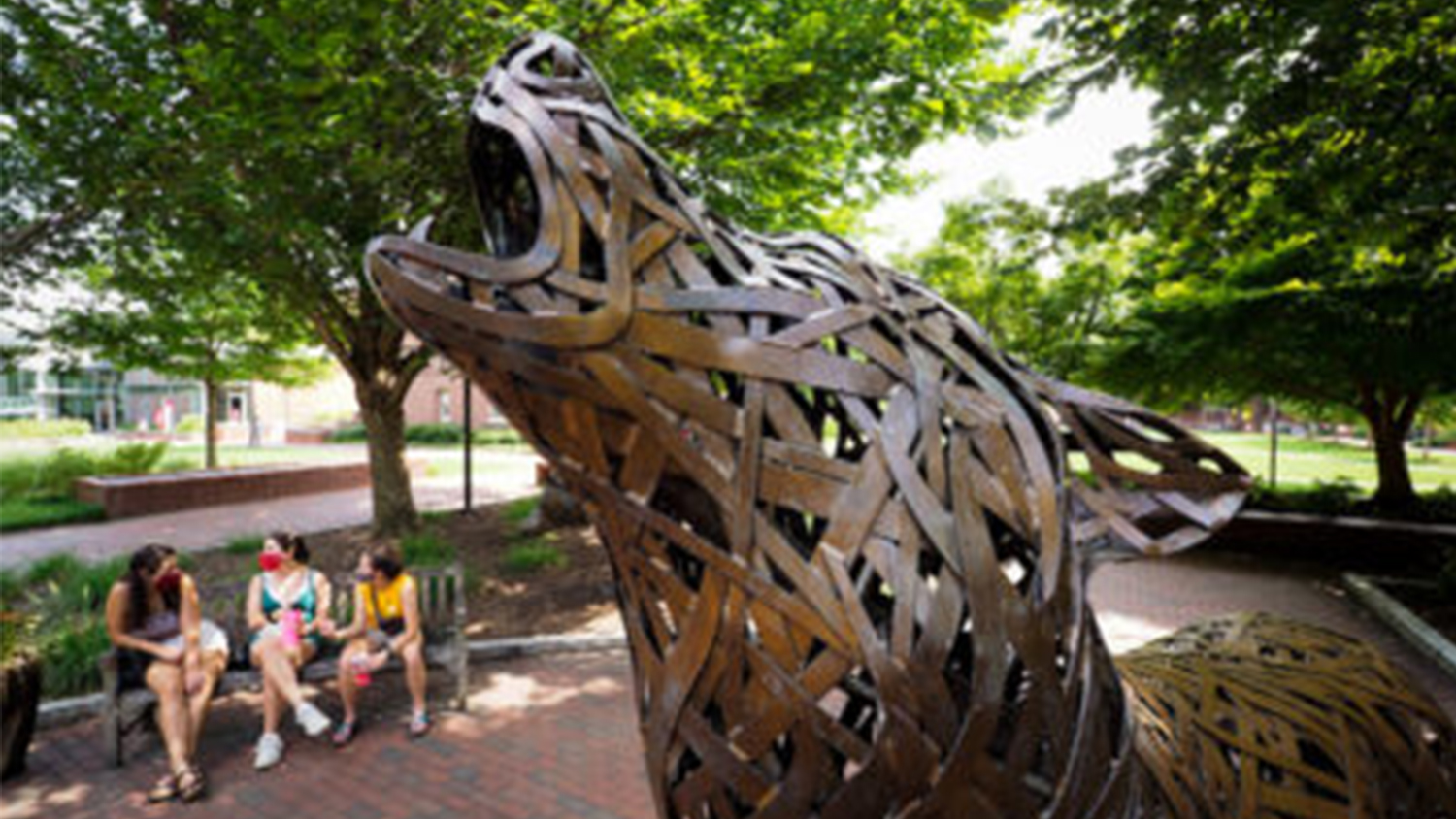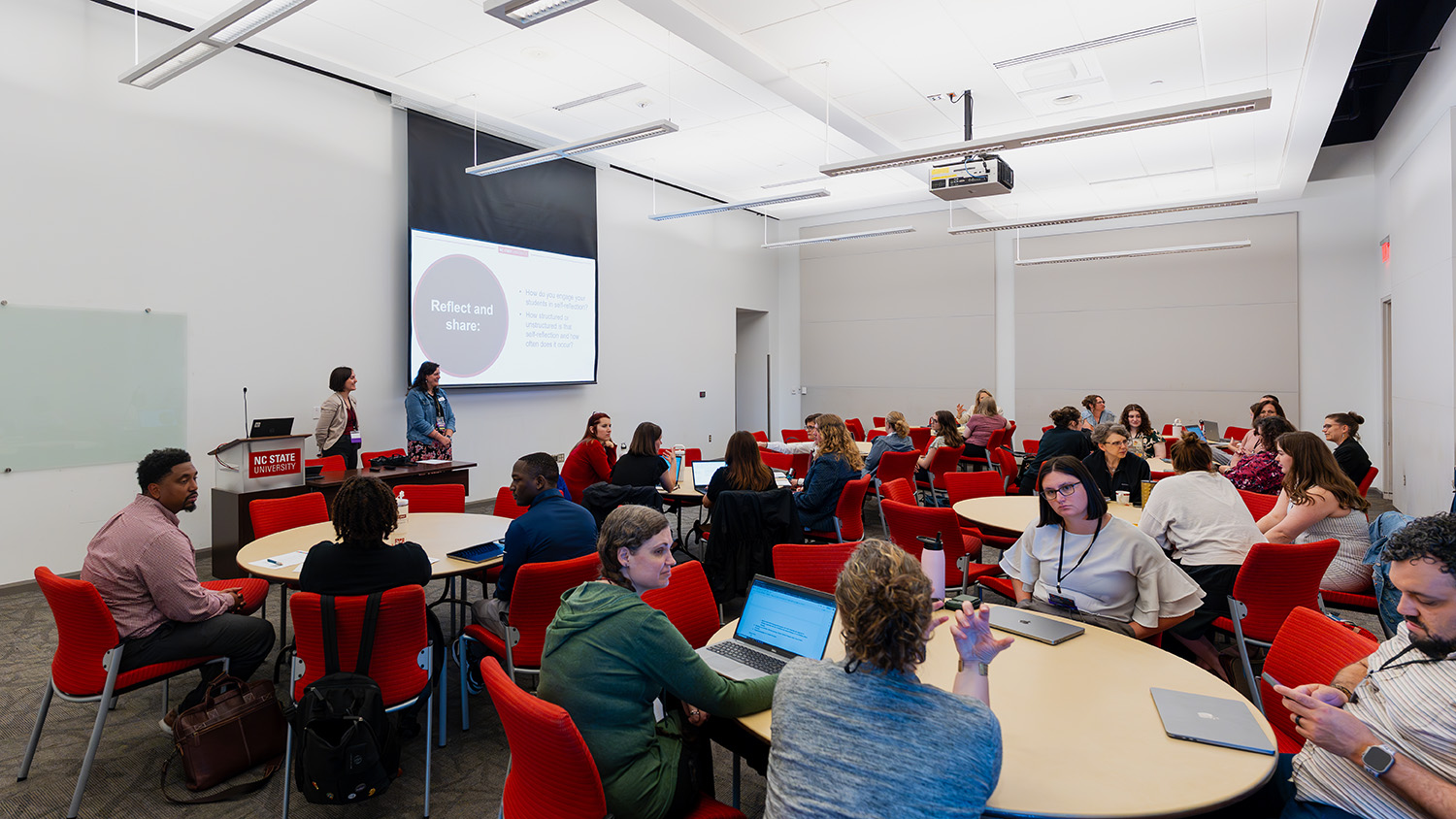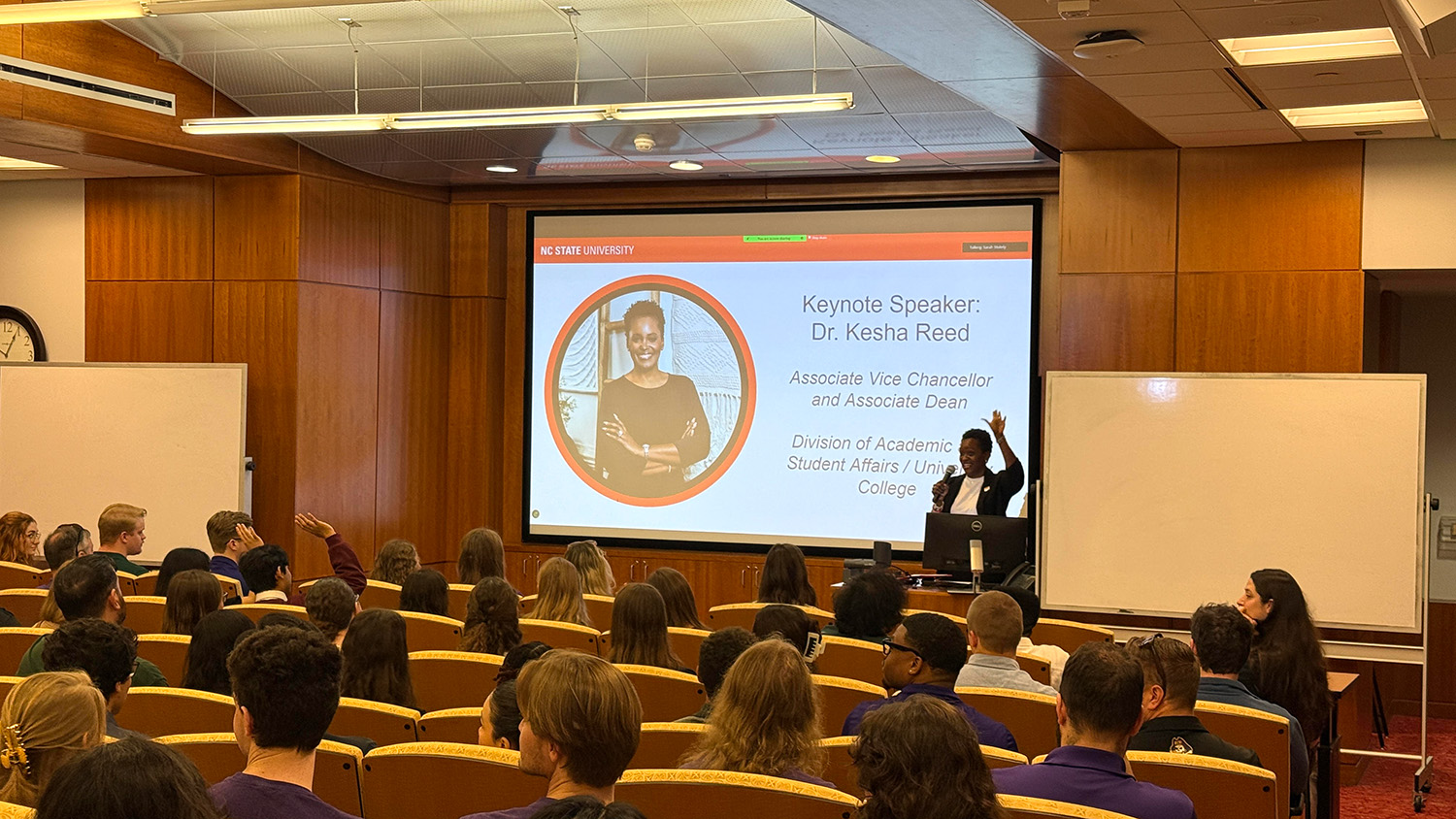First Term Survey Results Inform Actions by DASA Faculty and Staff
The survey opens to first-year students on Sept. 28. Those who complete it will be entered into a drawing for DoorDash and AllCampus gift cards.

Lisa Zapata, interim vice chancellor and dean for the Division of Academic and Student Affairs, will invite all first-semester students to participate in the First Term Survey on Monday, September 28, and students will receive email reminders to complete it throughout October. DASA faculty and staff can make a difference by encouraging their first-semester students to complete the survey. Messaging and content templates are available for faculty and staff to spread the word to students.
DASA faculty and staff will use the results to support students, so it is important to encourage participation. In the past, results have been used to update program offerings, pose insightful questions about students’ experiences, and connect students with transformational programming and resources. Read more about how staff in DASA have utilized survey results below.
Using Results to Take Action
A wide range of DASA units analyze aggregated results from the First Term Survey to make decisions for their services and programming. Brian Peters, associate director of Academic Advising Programs and Services, and Rebekah Dunstan, rural outreach coordinator in the Career Development Center, shared why the First Term Survey results matter in their work.
Helping Students Overcome Obstacles
Exploratory Studies admits the second largest number of students on campus. As such, Peters described how building rapport and trust with students quickly is a top priority, stating, “From our initial academic advising appointments with students, we can really get great insights into how much planning they have done thus far in the first semester. Knowing the broad obstacles students face helps us push students to think through these challenges. We learn a great deal about these obstacles from the First Term Survey results.”
Supporting Program Planning
Dunstan uses First Term Survey data to provide justification and rationale for program innovations.
“The First Term Survey data gives me a lot more confidence in planning,” Dunstan said. “Rather than basing programming off of feedback from a few students, I am able to move forward with confidence that it is going to be adding value to the student experience and matches gaps in student needs.”
Meeting Needs of Student Populations
Peters and Dunstan compare data across different populations. Peters noted, “In thinking about transfer students, we look at those results in comparison to other students to make sure that we know how this population is different from others and can package information in ways that are most helpful. We spend time as a team connecting the survey data to what we know from theories of transition to the experiences of students, and translating the data helps our advisors customize their interactions.”
Similarly, Rebekah uses data to improve campus experiences for rural students. “Disaggregating First Term Survey data by rural counties showed me where rural students have different needs,” she said.
Analyzing data from the First Term Survey allows DASA to see how specific populations at NC State are similar and unique. Faculty and staff can identify how specific challenges exist for student populations and target practices toward improvement.
Championing Data-Informed Decision Making
DASA Assessment is eager to provide you and your team with the First Term Survey data necessary to improve your program offerings, guide innovation, or better serve specific populations of students. For more information please contact Jordan Luzader (jdluzade@ncsu.edu) in DASA Assessment.
- Categories:


